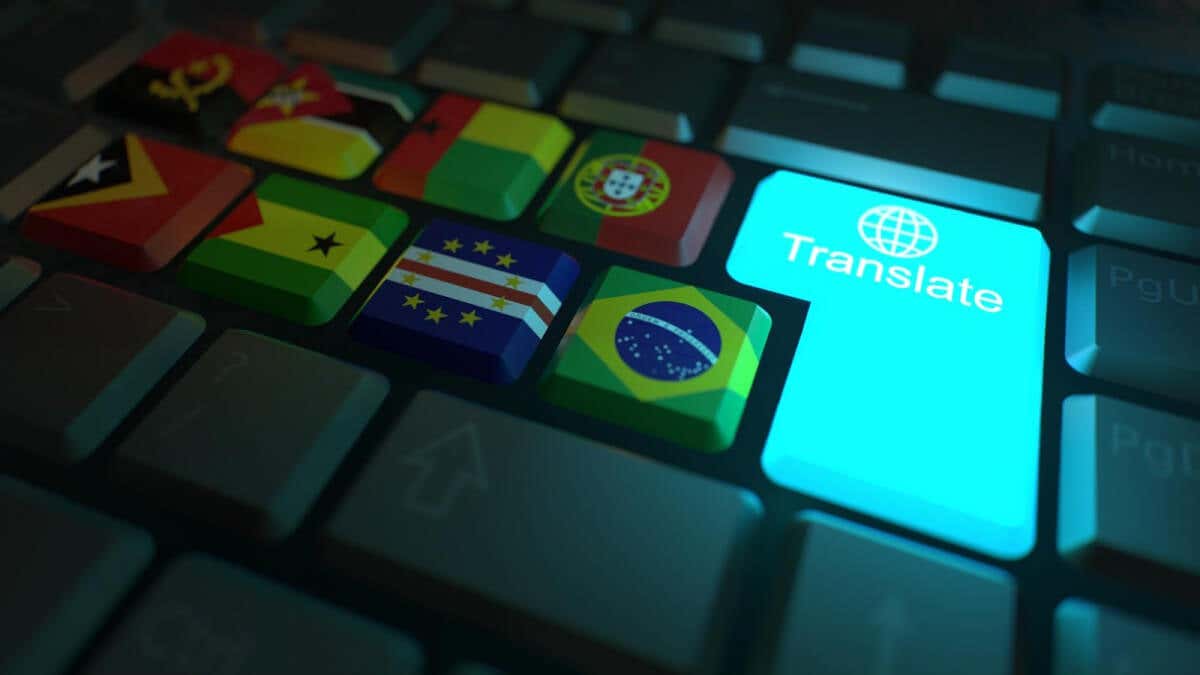AI personality chat apps, such as Character.AI and PolyBuzz.ai, permit kids and practically any person else to talk with digital characters mimicking stars or fictional figures, powered by innovative AI versions. These applications are preferred amongst youngsters for their interactive and enjoyable nature, using a feeling of companionship and avoidance.
Nevertheless, these apps additionally posture plenty of dangers, including privacy problems, false information, unplanned emotional accessory to digital characters, unsuitable content, and possible exploitation by killers. While adult controls can try to obstruct gain access to, children often bypass them utilizing clever strategies, highlighting the need for trust fund and communication over technological safeguards alone.

In our estimate, the most effective thing moms and dads can do is inform kids about AI, set clear usage borders, and motivate important thinking to inquiry AI actions. Focusing on real-world social communications likewise aids children equilibrium digital involvement, lowering their reliance on AI for psychological support. If you can have an open dialogue with your child and they feel comfortable sharing their experiences with you, this can help minimize the up and coming safety concerns with these tools.
The Surge of AI Personality Chat Application
AI personality conversation apps leverage natural language refining to imitate human-like interactions, permitting individuals to involve with adjustable personalities. As an example, Character.AI boasts over 20 million individuals, with children appreciating discussions with numbers like Harry Styles, Peter Parker or Percy Jackson.
These apps are prominent as a result of their fun, sensible nature. They allow kids connect with or develop personalities that fascinate or delight them. However, their ease of accessibility and allure raise considerable safety and security problems, specifically for younger customers.


Comprehensive Dangers Related To AI Chat Apps
The risks are considerable, influencing personal privacy, psychological wellness, and security:
- Personal privacy Concerns : These applications gather individual data, consisting of personal details and discussion backgrounds, which might be mistreated or shared without permission. A post by Mobicip highlighted that Character.AI’s privacy policy states services are not planned for minors, yet enforcement is weak, potentially subjecting children to information leakages and exploitations.
- Misinformation : AI chatbots might offer imprecise or misleading information, which youngsters may approve without confirmation. Research from Qustodio noted that Character.AI’s customized communications can cause mislearning, especially given kids’ count on AI responses.
- Emotional Accessory : Kids might develop solid bonds with digital personalities, practically changing human connections. A current research by Ekaterina Pashevich, pointed out in Safes.so, alerted that routine interactions can influence social growth, with AI lacking the psychological deepness and compassion of human contact.
- Unacceptable Content : Some personalities, like a “Toxic Boyfriend” or “Unfaithful Partner” on Character.AI can result in damaging or explicit discussions. This risk is further elevated by weak NSFW filters, which kids can bypass, resulting in exposure to inappropriate or pornographic web content.
- Potential for Exploitation : Killers or fraudsters also make use of these platforms to target youngsters, exploiting their immaturity and trust. In 2024, 14 -year-old committed suicide after interacting with a Character.ai character, as described in this Newsweek write-up.
According to the 2025 eSafety Commissioner blog on AI chatbots, the majority of the 100 + AI friends readily available had little to zero age restrictions, and several were marketed to young users without appropriate safety and security controls.
Limitations of Adult Controls


Unfortunately, while adult controls can limit application accessibility or screen time, they are much from being foolproof. Children, that we all understand are tech-savvy, can quickly bypass controls using good friends’ devices or by means of VPNs. Children locate creative ways of circumventing constraints, meaning most technical safeguards will certainly not be able to deal with these issues. These constraints highlight the need for depend on and open interaction to complement, not change, these devices.
Structure Count On and Open Interaction: Techniques for Parents
To alleviate risks, moms and dads should focus on building count on and maintaining continuous discussion. Some key methods include:
- Inform Children regarding AI : Parents should describe AI’s functions and dangers, such as personal privacy breaches and false information. Parents will certainly need to learn a little on their own if they aren’t familiar with AI and the more comprehensive AI room. A 2023 MIT Modern technology Evaluation article recommends starting conversations early by utilizing flexible concerns like “Did you make use of any brand-new AI tools today?” to get the discussion going.
- Establish Clear Boundaries : Develop some ground rules on app use, internet time, and so on and try to describe your reasoning to construct depend on and get youngsters on your side. As an example, limit chat time making use of Display Time on apple iphone or obstruct web usage via your router.
- Urge Important Assuming : Instruct children to examine AI feedbacks, validating info from trusted sources. This method will assist reduce misinformation threats.
- Foster Real-World Social Interactions : Encourage activities like sporting activities or household outings to balance electronic interaction, minimizing psychological dependence on AI. Studies have revealed that stressing human connections can respond to seclusion from AI friends.
Therapists like Emily Hemendinger, from the University of Colorado Anschutz, have actually backed these techniques. They assist deal with AI’s “empathy void,” where chatbots fall short to comprehend a kid’s emotional demands.


Practical Recommendations for Parents: What You Can Do
For workable actions, moms and dads can adopt the following:
- Stay Informed : Maintain upgraded on AI fads through complimentary resources like Bark and Coursera, which note the leading AI systems kids utilize, consisting of Character.AI and Snapchat’s MyAI.
- Lead by Example : Design accountable technology use, such as restricting individual screen time and avoiding screens throughout trips or family suppers.
- Seek Professional Guidance : If the need emerges, think about getting in touch with trained experts, specifically pertaining to psychological health and wellness issues. This can help foster open discussions concerning on the internet activities.
Relative Analysis: Technical vs. Communicative Approaches
To give you an idea of the equilibrium between technical and communicative strategies, consider the complying with table comparing the efficiency:
| Approach | Toughness | Limitations |
|---|---|---|
| Parental Controls | Blocks access, restricts display time | Conveniently bypassed, does not address root causes |
| Open Interaction | Builds trust fund, enlightens on dangers, promotes discussion | Calls for regular initiative, may deal with resistance |
| Incorporated Strategy | Comprehensive, adaptive to arising risks | Needs parental time and involvement |
The best approach is to integrate the technical and communicative approaches, however this requires a huge in advance initiative and continued time and sources for tracking, talking, and mentoring.
Verdict and Future Factors To Consider
In conclusion, securing your children from AI character chat app dangers needs more than just technological safeguards, it likewise requires energetic parental participation via open dialogue and trust-building. By enlightening your children, establishing appropriate boundaries, and cultivating real-world communications, you can minimize the personal privacy, emotional, and security threats we discussed above. As AI develops, remaining informed on the latest AI tools and adjusting your method will be crucial in ensuring your youngster can browse the digital landscape securely.



